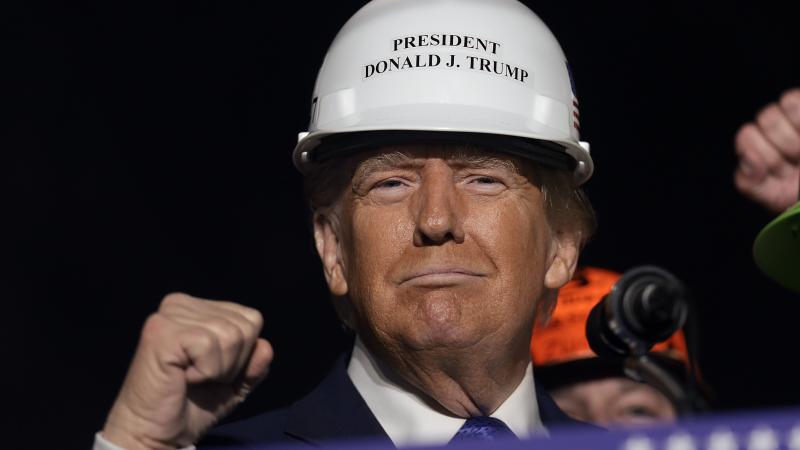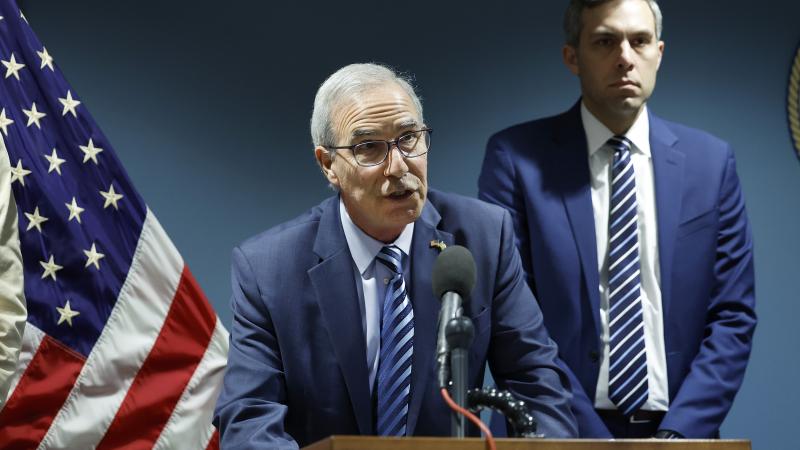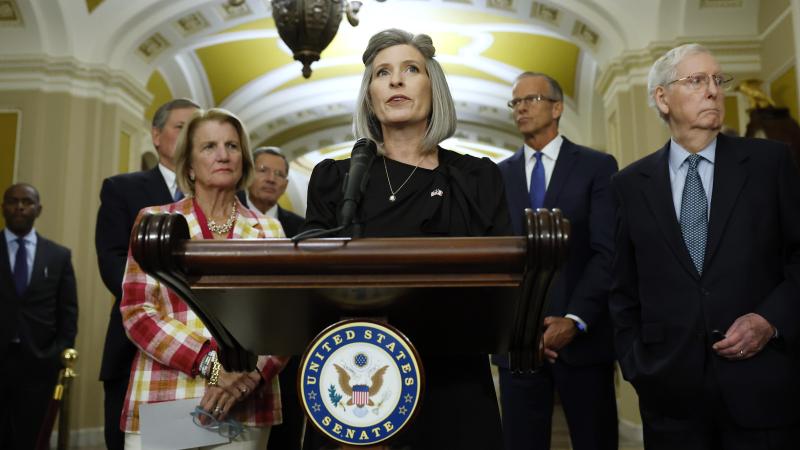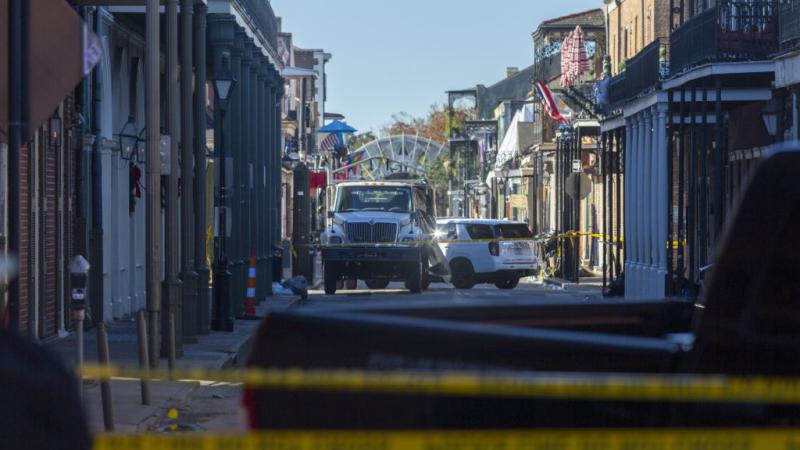Wasteful Spending: TSA spent $77 million on bomb-sniffing dogs who can't detect explosives
The dogs are trained using outdated intelligence and training aids that are not updated to incorporate emerging explosive threats.
The Golden Horseshoe is a weekly designation from Just the News intended to highlight egregious examples of wasteful taxpayer spending by the government. The award is named for the horseshoe-shaped toilet seats for military airplanes that cost the Pentagon a whopping $640 each back in the 1980s.
This week, our award goes to the Department of Homeland Security for spending $77 million on airport bomb-sniffing dogs who cannot detect explosive devices.
In a recently released DHS Office of the Inspector General report, it was discovered that the Transportation Security Administration (TSA) spent $77 million in 2018 to acquire and train 287 Passenger Screening Canine (PSC) teams. Otherwise known as the very good boys at the airport who, sadly, may receive no pets from passengers on security lines.
The TSA, a 50,000 person agency, was created in the wake of the September 2001 terror attacks to screen passengers and luggage, ensuring the safety of Americans in the sky. However, the agency has been plagued by a number of scandals, including publicized instances of failing to identify guns and bombs making their way through security checkpoints during “red team tests.” During a recent congressional review of the program, a bipartisan investigation determined that there is persistent and mostly unpunished misconduct among TSA managers.
According to the report, each of these canine teams, which includes a specially trained dog and handler, runs an initial startup cost of $227,000 and maintenance costs of $145,900.
In this instance of government waste, it is especially evident that the TSA conducts almost no oversight of its costly puppy program. The report, some lines of which are redacted because they contain sensitive information, reveals that the TSA:
- Does not know the number of canine teams it actually needs because it does not keep track of “capability gaps and operational goals.”
- Is perhaps not sending the canine teams to the correct locations because they do not document allocation decisions.
- Cannot figure out whether the canine teams are A) effective and B) cost-efficient.
- Isn’t even sure if the security pups are being used properly because the agency doesn’t supervise how TSA manages its operations at different airports.
Finally, the report determines that the PSCs may not be able to detect all explosive devices, which is deeply unfortunate, considering their purpose.
The precise line from the report about what types of explosive devices the dogs cannot detect is redacted, but you get the idea. It reads, “We also found canines on TSA’s PSC teams may not detect [redacted text] in an operational environment … As a result, our Nation’s aviation system and the traveling public could be at risk of a catastrophic event caused by an undetected explosive device.”
But don’t blame the pups. The OIG report reveals that the TSA does “not have a formal process to evaluate and update its explosive training aids inventory to include emerging explosive threats.”
Some TSA officials said that their training aids are “based on outdated information, such as known and perceived threats and intelligence data, which is no longer relevant.”
Ultimately, the OIG made two lengthy recommendations. Specifically, the recommendations target significant oversight programming for the PSCs, identifying where the teams are needed and if they are being utilized properly, and a formalizing process for updating the list of explosive odors that the dogs need to be able to detect.
Though the TSA concurred with both recommendations, David Pekoske, a TSA administrator, also wrote,“The Office of the Inspector General audit team has not completed any analysis with the level of methodological rigor necessary to support these conclusions.” Pekoske also wrote that the TSA has already begun implementing changes to its canine training program and is working with DHS’s R&D division to update the TSA Canine Odor List.















